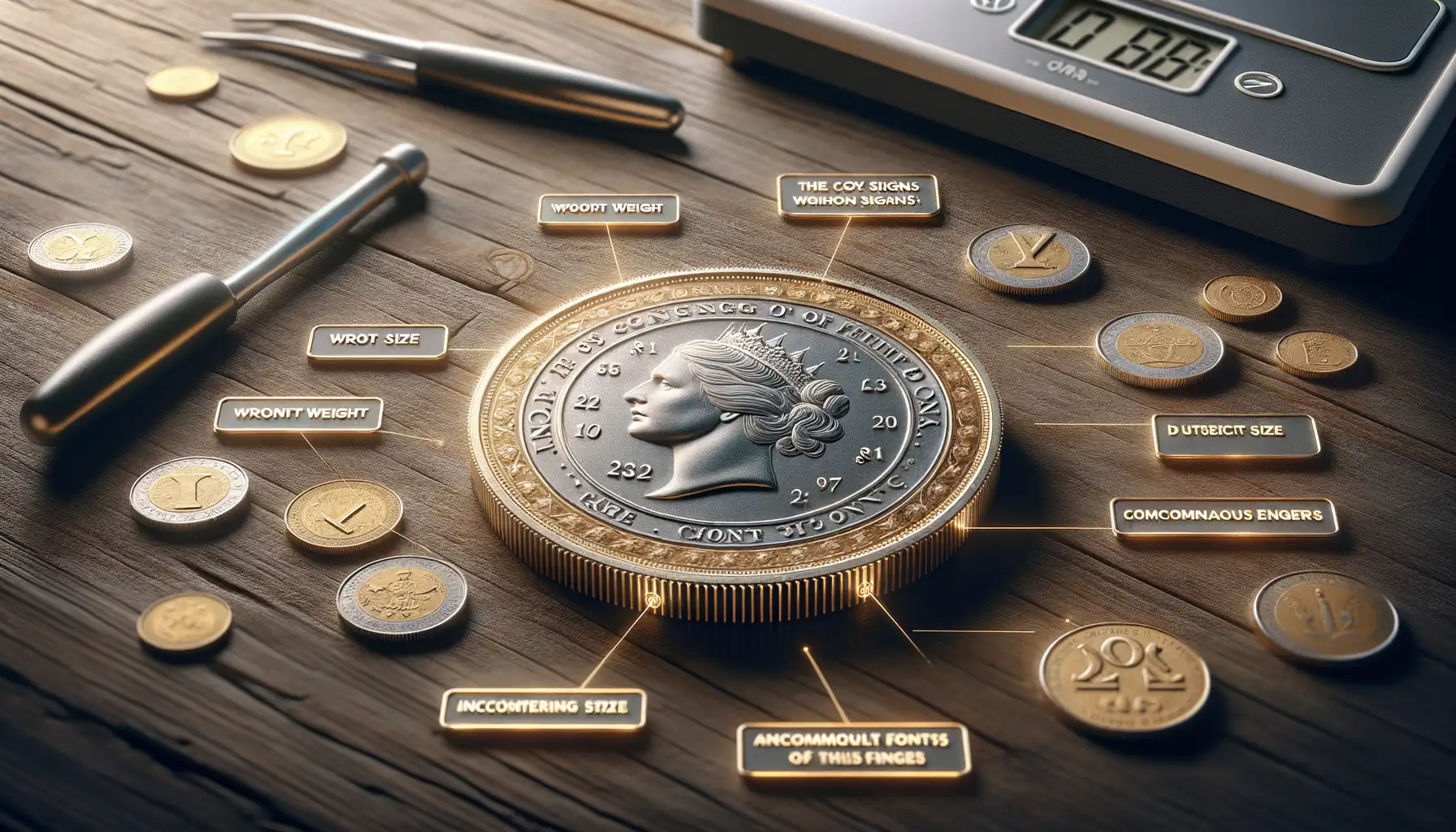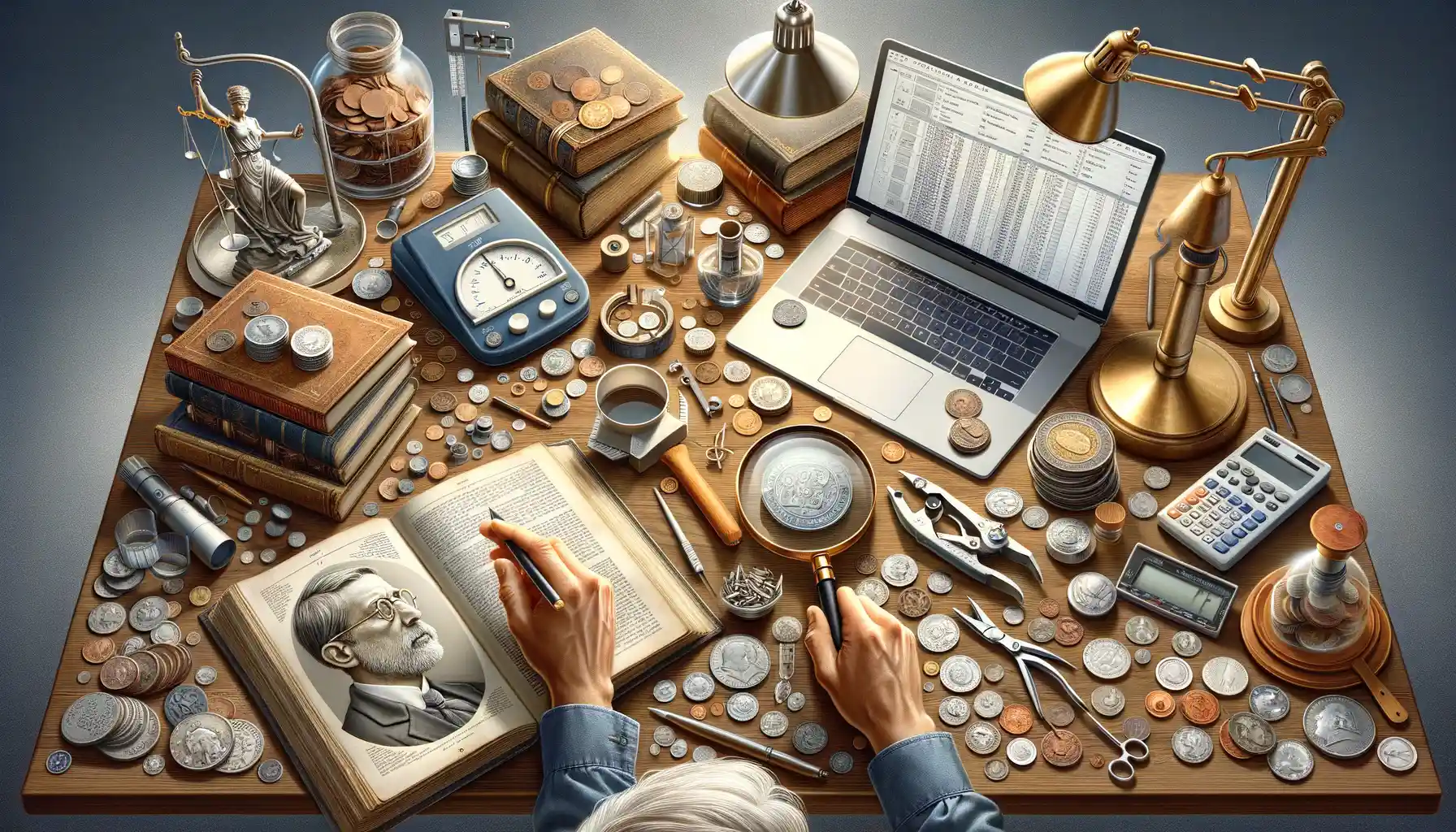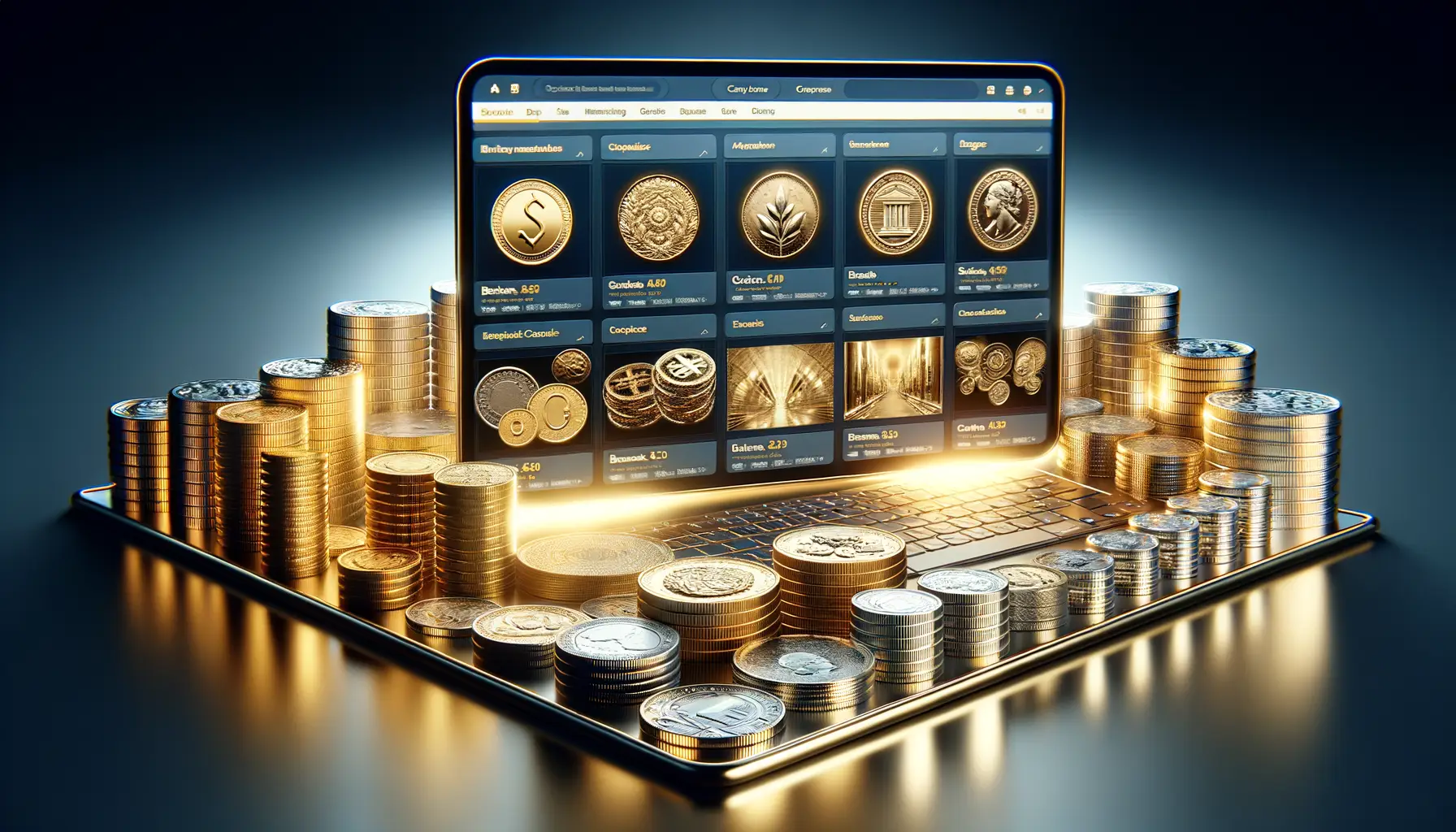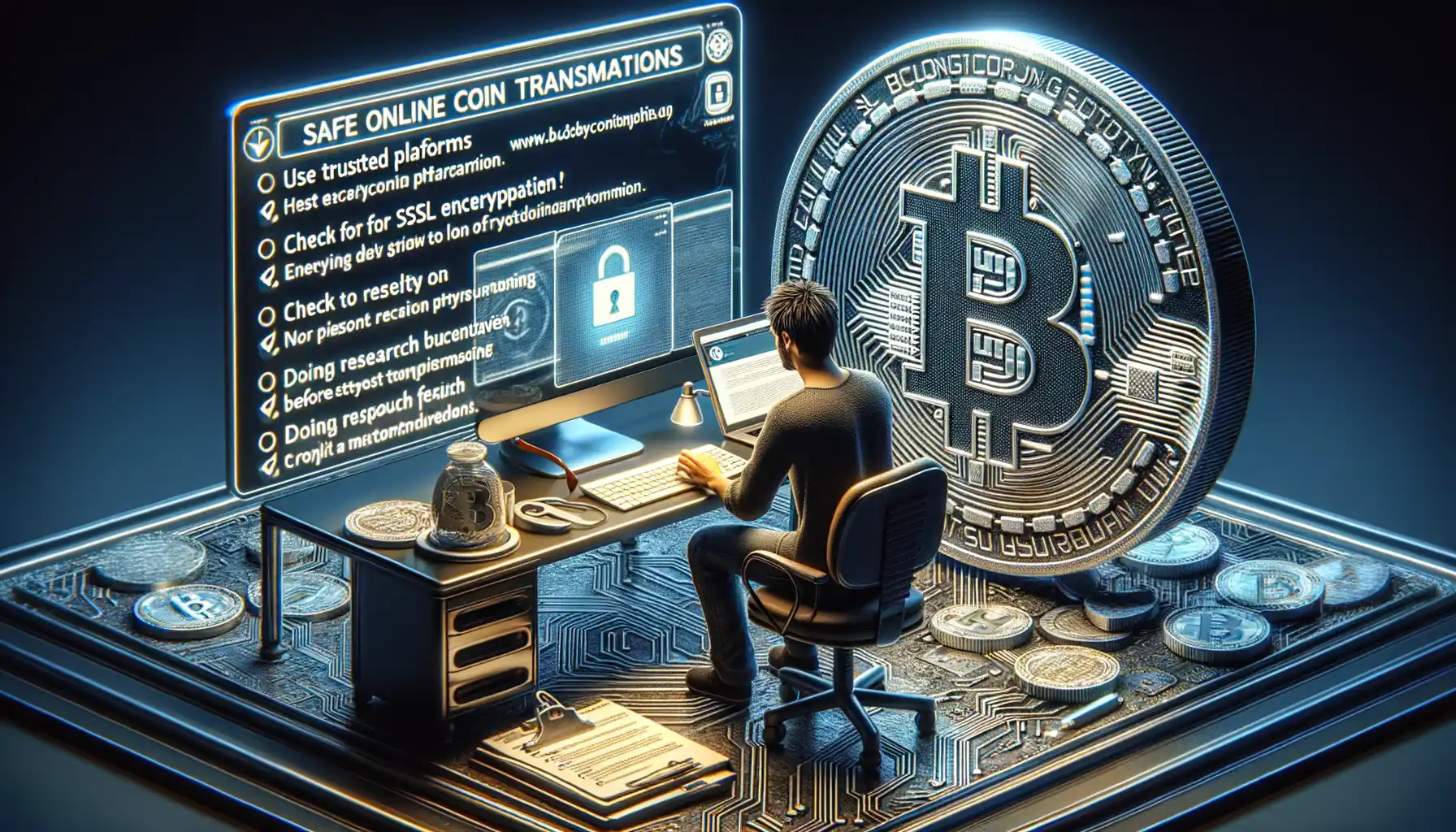Introduction to Counterfeit Coins
Coins have always carried a certain magic—tiny treasures imbued with history, craftsmanship, and value. But in the shadows of this glittering world lurks a less appealing reality: counterfeit coins. These fakes often dazzle the unsuspecting eye, skillfully disguised to fool even seasoned collectors. Yes, the coin market, especially online, can feel a bit like walking through an ancient bazaar—rich with opportunity but layered with hidden traps.
The Fascination (and Danger) Behind Counterfeits
Imagine you’ve just scored what looks like a rare Roman denarius on an auction site. It gleams in the photos, the seller sounds authentic, and your pulse races as you hit “Buy Now.” But when it arrives, that breathtaking moment shifts to doubt. The weight feels slightly off; the details seem oddly soft. Could it be a fake?
This is where counterfeit coins strike—preying on our enthusiasm and trust. Every year, thousands of collectors fall victim, investing in what they believe are treasures, only to discover they’re holding little more than metallic forgeries. These fakes range from obvious knock-offs to eerily convincing replicas.
Why You Should Care
Whether you collect historical relics or modern mint proofs, counterfeit coins harm more than wallets. They undermine trust among enthusiasts and can diminish the thrill of discovery. Look out for these common culprits:
- Altered authenticity markings, such as fake mint marks or modified dates.
- Coins made from incorrect metals, giving them false weight or color.
- Sellers who refuse to provide detailed images or authentication certificates.
Understanding counterfeits means staying one step ahead, protecting not only your investments but your passion too.
Key Warning Signs of Counterfeit Coins

Common Red Flags in Craftsmanship
Holding a fake coin is like shaking hands with a cardboard cutout—you sense something is off. Pay close attention to the craftsmanship. Genuine coins boast sharp, crisp details; counterfeits often mimic this with clumsy engraving or worn edges that scream inefficiency. Are the inscriptions blurry? Does the coin look too pristine for its age? These are major red flags.
Take, for example, the weight and size. A genuine coin feels substantial. Pick it up! If it feels oddly light or too hefty, you might be dealing with a poorly executed fake. And don’t forget the materials—counterfeit coins often have an unnatural shine that looks more like cheap costume jewelry than a treasured antique.
Strange Pricing Patterns
Here’s a golden rule: if the price feels too good to be true, it probably is. Imagine spotting a 19th-century gold sovereign at a bargain price. It’s tempting, right? Scammers know this!
Watch out for:
- Sellers dodging questions about the coin’s origin or authenticity.
- No clear photos from multiple angles—how can you judge what you can’t see?
- Unverified sellers offering rare coins at deeply discounted rates.
Trust your instincts. Sometimes, your gut knows the truth before your brain does.
Effective Tools and Techniques for Coin Authentication

Handy Gadgets That Make Coin Examining a Breeze
Ever feel like Sherlock Holmes when examining coins? Well, you should! Having the right tools in your detective kit can make all the difference. Let’s talk about some game-changers for authenticating coins.
First, a high-quality magnifying glass or jeweler’s loupe is your best friend. This isn’t just any magnifying glass—go for one with 10x or higher magnification to catch intricate details like mint marks and potential flaws. Trust me, tiny scratches or oddities often hold louder stories than what meets the naked eye.
Next comes the magic of a digital scale. Precision matters here! Authentic coins have specific weights, down to the fraction of a gram. Place your coin on the scale, does its weight align with official records? Bingo—or… maybe not.
And then there’s the magnet test. A simple yet powerful trick. Real gold or silver coins are non-magnetic. So, if a magnet clings to your coin? Houston, we’ve got a problem.
The Power of UV Lights and Sound Tests
Ready to level up? Here’s where things get thrilling. Shine a UV light over your coin—it’s not just cool, it’s illuminating. Some counterfeits reveal unusual residues or brighten unnaturally under ultraviolet rays.
Still skeptical? Try a ping test. Genuine coins produce a clear, ringing sound when gently struck against another metal. It’s like music to a collector’s ears! Counterfeits? They often sound dull or flat—metal without a melody.
Who would’ve thought that authenticating coins could turn into your own little adventure?
Trusted Online Resources and Marketplaces for Coin Buying

Where to Find Genuine Coins Without the Stress
Navigating the vast online marketplace for coins can feel like walking through a maze, but knowing where to look makes all the difference. Some platforms have earned the trust of collectors everywhere because they combine security with credibility—two key ingredients for peace of mind.
Start with certified coin dealers. Websites like PCGS (Professional Coin Grading Service) and NGC (Numismatic Guaranty Company) aren’t just names; they’re lifelines for collectors seeking authenticity. Their listings often include coins authenticated by professionals, offering buyers a layer of confidence no random auction listing can match.
If you prefer online marketplaces, tread carefully! Platforms like eBay or Heritage Auctions can be goldmines—literally—but only if you stick to sellers with glowing reviews and return policies as solid as the coins they offer. Look for listings with detailed descriptions, photos from multiple angles, and certificates of authenticity.
- Avoid “too-good-to-be-true” prices—you’re not scoring a miracle, just a scam.
- Always check seller credentials. Are they members of organizations like ANA (American Numismatic Association)? That’s a green flag!
Remember: trusted platforms go beyond just selling coins—they create spaces where history and treasure hunting can live happily ever after.
Tips for Safe Online Coin Transactions

Protecting Your Wallet and Your Collection
Let’s be real—online coin shopping can feel like walking a tightrope. On one side, there’s the thrill of finding that perfect piece to complete your collection. On the other? Scammers lurking in the shadows, ready to pounce. Staying safe isn’t just about luck; it requires smart moves and a vigilant eye.
First things first: always scrutinize the seller. Are they transparent? Do they have glowing reviews or shady gaps in their history? A confident seller doesn’t hide—they boast their credentials for all to see. Look for sellers who share detailed photographs (bonus points for high-resolution close-ups!) and specifics about the coin’s origin. A vague description is a red flag waving at you.
Next up:, the payment method. Always choose secure options like PayPal or credit cards; avoid wire transfers unless you love taking risks. And don’t let that “limited-time offer” pressure you into skipping research!
Consider these tips your survival kit:
- Check the return policy—can you send it back if you smell a rat?
- Save copies of all transaction details (screenshots are your best friend).
- Don’t hesitate to ask questions about certifications or grading reports.
Navigating the world of online coins can be exhilarating, but never let excitement drown out caution. Stay sharp, and you’ll turn potential pitfalls into success stories.
